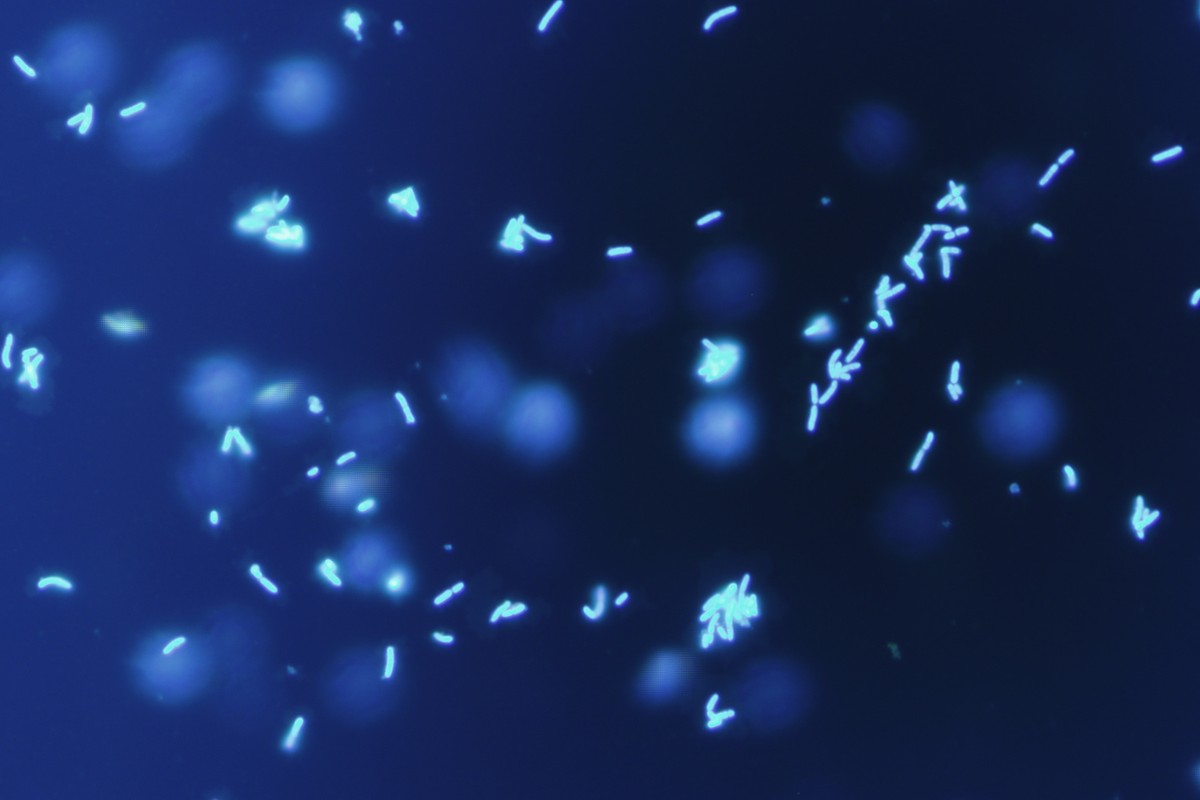Compare genomes from 240 mammals
2023/05/04 Etxebeste Aduriz, Egoitz - Elhuyar Zientzia Iturria: Elhuyar aldizkaria

A group of international individuals have analyzed the diversity of genomes of 240 mammalian species, as well as the altered and preserved parts they have suffered for millions of years. It is essential to understand the evolution of mammals and their differences, as well as the keys to some human diseases. Eleven articles have been published with results to date in a special issue of Science. But according to the researchers, it's only part of what you can do with this data.
The Zoonomy Project has sequenced and compared genomes of 240 mammals (80% of mammalian families). Through this comparison, regions with important functions in mammals, genetic mutations that give rise to characteristic traits of species and changes that can cause disease have been identified.
Emphasis has been placed on those sections that have remained unchanged between species throughout evolution, hoping that they will be biologically important. These parts, although they don't encode proteins, often code where, when and how proteins should be produced, and mutations in these parts can produce disease or species' differential characteristics.
This has been confirmed in this study and has shown that at least 10% of the genome in humans is functional, 10 times more than the part that encodes proteins (1%). And they've identified some genetic variants that can be key in different diseases. For example, in patients with brain cancer some mutations have been identified in some of these parts that have remained unchanged in evolution, and consider that they may influence tumour growth and response to treatments.
On the other hand, some changes have also been identified that could be responsible for some special characteristics of mammals, such as the extraordinary size of the brain, highly developed smell or the ability to hibernate. They conclude that mammal divergence had begun before dinosaurs disappeared.

Gai honi buruzko eduki gehiago
Elhuyarrek garatutako teknologia





